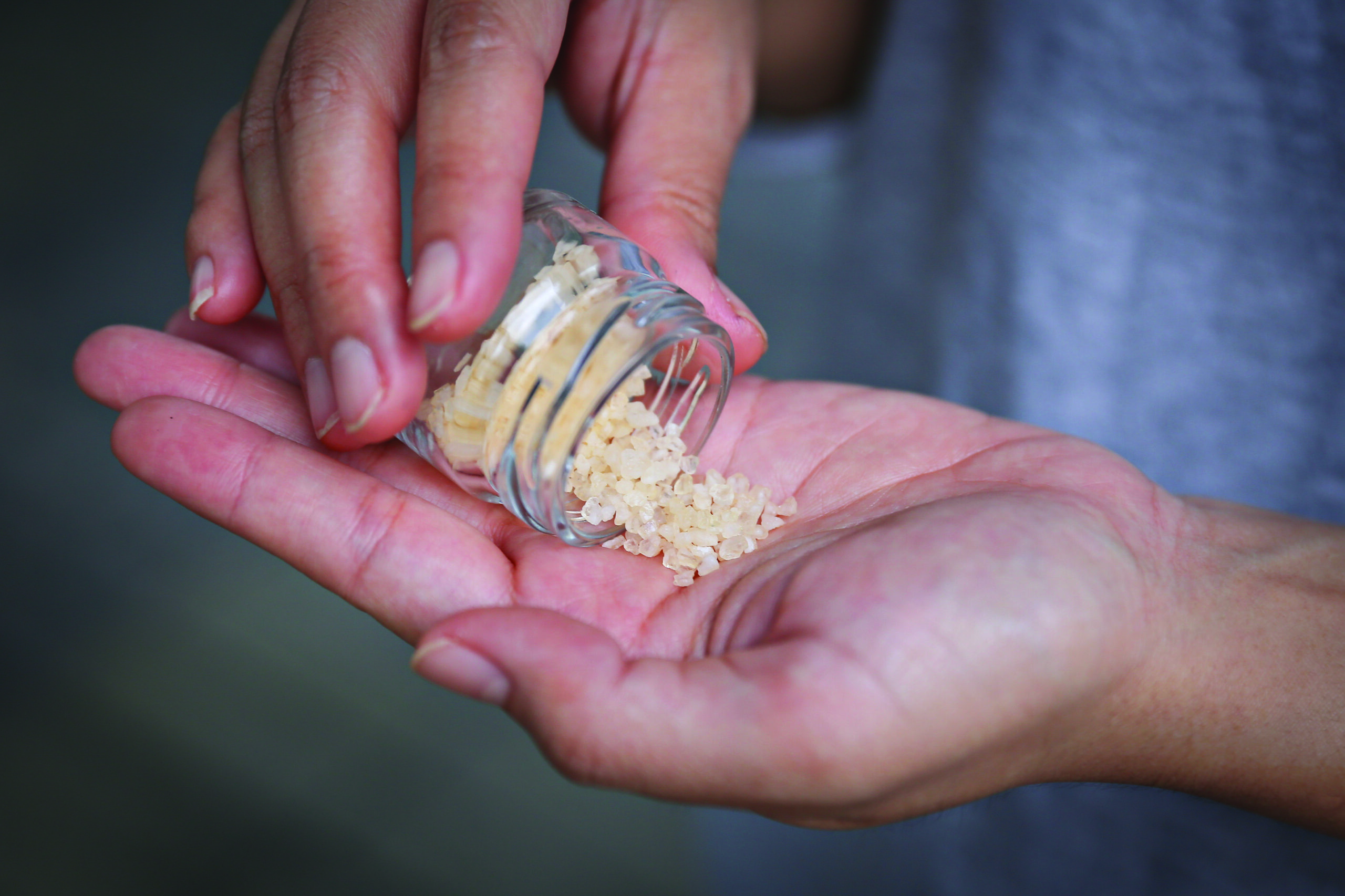
Bath Salts: Not What it Sounds Like
By Gavin Wisdom, ACLC, PMH-C
Did you know that “bath salts” is just a street name for synthetic cathinones? Bathing products (like Epsom salts) are often natural in origin and have no mind-altering effects, whereas synthetic cathinones are manufactured by humans in a lab.
Often sold as either “bath salts,” “plant fertilizer,” or “vanilla sky,” synthetic cathinones are packaged as a white or brown crystalline powder. The drug is a stimulant, marketed as a substitute for cocaine and/or amphetamines. Most commonly smoked, synthetic cathinones can also be swallowed, snorted, or injected.
While no doubt dangerous, these products are available legally, and legislative attempts to control synthetic cathinones have been particularly challenging. Synthetic cathinones are available online, at cannabis paraphernalia stores (aka “head” shops), and sometimes at convenience stores and truck stops, and are sold with varying names such as “Red Dove,” “Cloud 9,” “Ocean Snow,” and so-on. They often state that they are “not for human consumption” on the packaging, which is sold in 200-mg and 500-mg sizes.
Chemically similar to other stimulants like amphetamines, cocaine, and MDMA (aka “Molly”), synthetic cathinones share similar dangers, such as potential for addiction, increased heart rate, chest pain, breakdown of skeletal muscle tissue, kidney failure, and in some cases, death. Short-term effects include very severe paranoia that can sometimes cause people to harm themselves or others. Signs of use include suicidal thoughts, agitation, combative or violent behavior, confusion, hallucinations, and psychosis.
The best way to know if your children are using synthetic cathinones is through having a strong relationship based in trust, in which you can talk to them about their substance use. On the foundation of a loving relationship, if your child is struggling with an addiction of any sort, they will know that they can come to you as a safe resource who will help them access the professional help they may need.
Information in this article was sourced from the National Institute of Health, as well as from the professional clinical opinion of the author.
